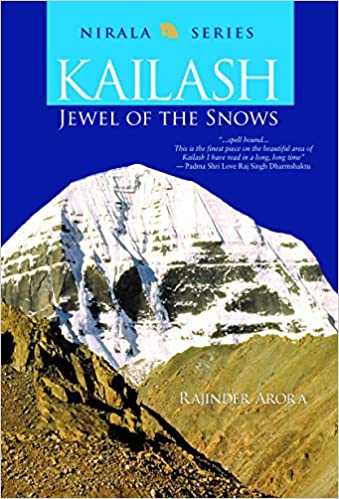In a day and age where a lot is published about pushing the limits of physical endurance and creating new records, Kailash: Jewel of the Snows by Rajinder Arora, mountaineer and creative entrepreneur, is a wonderful narrative that focuses on the wonder and beauty of nature in Mt. Kailash. The backdrop for this narrative is one of the initial expeditions to Mt. Kailash after the Chinese Government permitted entry in 1981. This expedition continues to be organized by the Ministry of External Affairs in coordination with the Chinese Government and is known as the ‘Kailash Mansarovar Yatra’. The expedition has religious significance for Hindus, Jains, Buddhists and Bons and is considered a pilgrimage. Despite the obvious religious import of this trip, the narrative is anything but religious. Through his experiences in this journey the author makes a compelling argument to make ecology the new religion for mankind.
The first two chapters of the book start with three members of the group who fall behind, during their trek between two campsites and get lost in the wilderness. In the face of harsh weather conditions and absence of any tracks to guide them, they try to retreat their steps without any luck. Their unique experiences and attempts to survive make for a chilling read. At this juncture the author takes us back to where this journey began: New Delhi and get introduced to other members on this journey. The next fifteen chapters which form the majority of this travelogue provides readers with a vivid description of the journey as the group traverses 890 kms across international boundaries (from India to Tibet/China) and make their way to Mansarovar.

